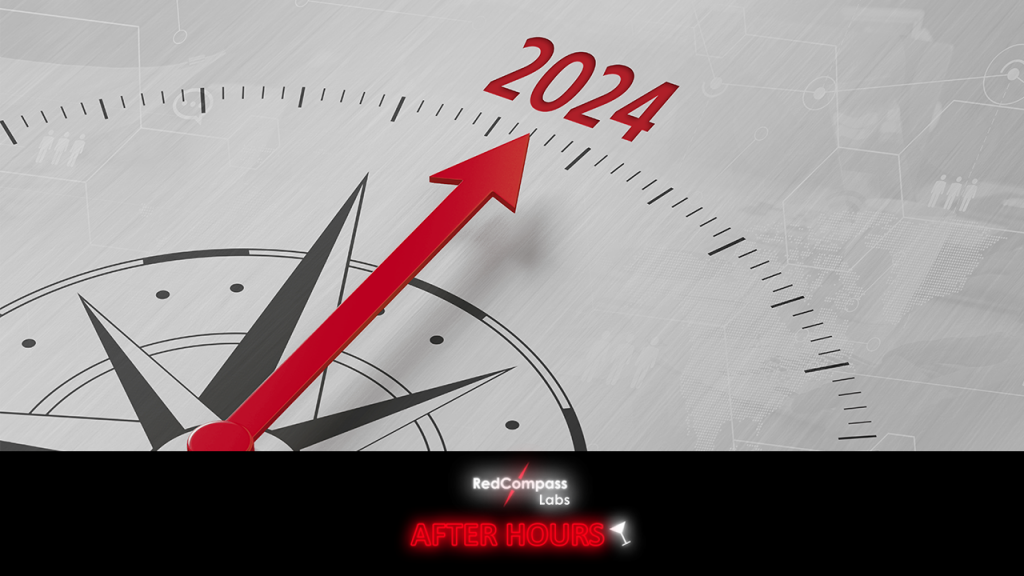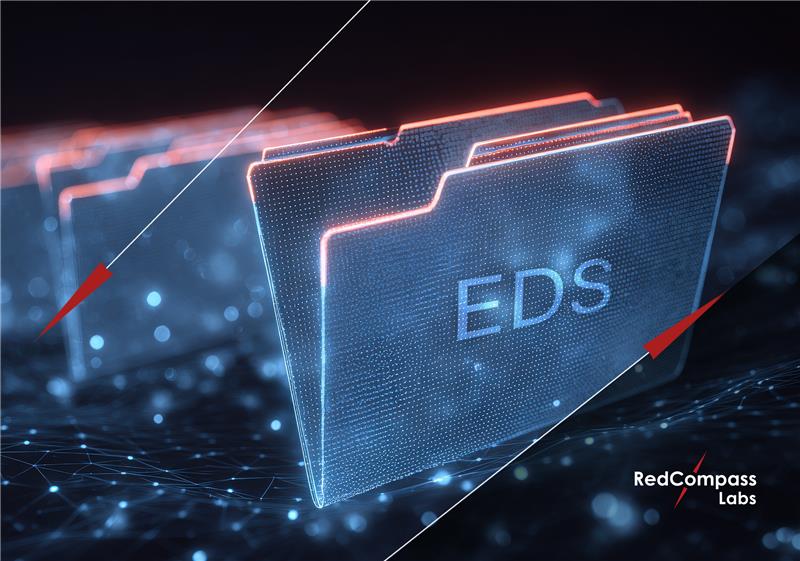Year after year, the rate of change in the payments world continues to accelerate. With a changing macroeconomic environment, increasingly demanding customers, hyperactive regulators, important market initiatives, as well as central banks experimenting with digital currency, 2023 is sure to be both challenging and exciting for the industry.
So, what do we expect for this year?
Response to increasing interest rates
Central banks across the world are increasing interest rates in an attempt to keep inflation under control. As a result, venture capital has slowed down in Europe and the United States, as investors have started to become more cautious. Fintechs, previously trading at astronomic valuations compared to their revenues, have taken a significant beating. Examples include Klarna, which was forced to lay off 10% of its staff after seeing its valuation sink from $45.6 to $6.7 billion in just a year, and checkout.com, previously Europe’s most valued startup, seeing its valuation sink from $40 to $11 billion. Will we continue to see fintechs folding or scaling back their ambitions – or, will banks seize the opportunity to snap up the tech and talent fintechs bring to the table at discounted acquisition prices? Either way, 2023 looks like it will be a challenging year for fintechs in all stages of growth.
Of course, not only fintechs and startups are affected by increasing interest rates. And more particularly, when those rates are combined with a higher level of risk of late or non-payments and decreased access to credit, corporate treasurers will need to bolster their focus on working capital optimisation. As a result, we expect to see increased focus on solutions that will help in this regard, such as cash forecasting, cash pooling, factoring, trade financing, as well as solutions that can help render request for payment and dunning more efficient. Financial institutions and fintechs can play on these trends by leveraging the open banking schemes that are popping up around the world.
As liquidity becomes an increasingly scarce commodity, banks will seek to reduce their liquidity trapped in clearings and nostro accounts by rationalising their clearing and network strategies. Whereas positive interest rates could provide an additional source of revenue for financial institutions in the form of float, we would expect payment service users to increasingly make use of real-time payment methods in order to reduce the working capital impact from liquidity in transit.
The proliferation of real time payments
Real-time payments are here – and they’re here to stay. With 79 countries across the globe having at least one form of real-time payment system, domestic low-value payments are moving faster than ever. A few key highlights to watch out for in 2023 are the go-live of FedNow in the United States, which is set to become a worthy competitor of The Clearing House, a Real-Time Rail (RTR) in Canada, as well as the looming instant payments legislation in the European Union, which will render instant payments ubiquitous throughout the SEPA region.
These real-time rails are set to provide not only an accelerated payments experience for payers and payees, but also, when combined with overlay services such as proxy databases (eg Bizum) and rich request for payment functionality (eg. TCH-RTP), can support new use cases and user journeys. As transaction limits continue to increase on real-time rails, we expect their rails to become increasingly important for cash management offerings, leveraging the 24/7 nature of the schemes to perform physical pooling operations.
Unfortunately, scammers are making use of these new payment methods as well, and we see that authorised push payment fraud is on the rise. Regulators, as well as the private market, have started to catch on, and are seeking to limit the financial and mental strain inflicted on victims of APP scams.
Payment pre-validation
One method communities of payment service providers (PSPs) are using to combat authorised push payment fraud, and particularly invoice fraud, is through the development of Confirmation of Payee Schemes.
When using such a scheme, the payer’s PSP can contact the PSP of the beneficiary and validate that the name and the account number correspond. This allows the payer to be alerted of potential frauds, for instance, when an invoice has been doctored to have the payment redirected towards a money mule account. This account validation service, often offered at no cost to retail customers, can be monetised when distributed to corporates, who can use it to avoid being defrauded when setting up direct debit mandates or onboarding suppliers. An additional benefit of CoP schemes is that they can reduce the number of non-fraudulently misdirected payments (for instance, towards closed accounts), reducing the workloads associated to returning and reconciling such payments for PSP back offices and payment service users alike.
Although such schemes have proven to be quite effective in preventing APP in markets such as the United Kingdom and the Netherlands, history has shown that fraudsters will flock towards payment service providers that are not connected to the CoP scheme. Regulators have stepped in, with the UK’s payment systems regulator directing an additional 400 firms to introduce the protective measure, and the European Commission proposing to add a CoP obligation to all initiated instant payments through the Instant Payments legislation.
Interoperability of CoP schemes is set to remain a challenge, as there are many domestic market practices that are hardly interoperable, and although most schemes are (loosely) based on the ISO 20022 model, there is no standardized market practice on how the XML-based format can best be translated to json. Players such as SWIFT, JP Morgan (Onyx-Confirm), iPiD, and Surepay are rising to the challenge and are working on developing interoperability services. We expect rapid evolution in this highly competitive and dynamic space in 2023.
We see that payers are starting to expect upfront validation of their payments, not only regarding payments data, but also the end-to-end fees and FX rates they can expect. We see a renewed interest in guaranteed OUR payment methods, as well as services that allow all elements of a transaction to be pre-validated, such as SWIFT Go. The correspondent banking world is finally starting to catch up with the user experience provided by challengers such as Wise and Ripple.
Revenues under pressure
The impact these challenges have had on the payments industry should not be underestimated. They have systemically undercut financial institutions in their payment fees, instead seeking to generate revenues from FX margins. Today, customers are becoming savvier, and are better equipped to compare offers from different FX providers. This has caused downwards pressure on per-transaction revenues, especially from top-tier corporates.
In order to safeguard profitability, financial institutions will need to choose whether to invest in capabilities that increase their straight-through processing rates and seek additional payment volumes through offerings such as embedded banking – or, choose to partner with payments-as-a-service providers that have scale advantages. We expect artificial intelligence to play a significant role in the improvement of STP rates, as well as analytics tools capable of identifying sources of STP breakage.
As the regulatory burden for payment service providers continues to grow in 2023, we would expect a sizeable number of smaller financial institutions to divest their payment processing activities, choosing instead to implement revenue-sharing models with larger financial institutions or payments-as-a-service providers.
Banks will also need to seek additional revenue streams from payment activities through the development of compelling value-added services that can help their corporate customers improve their insights or automate their internal processes.
Interoperability
Perhaps one of the most exciting predictions on the horizon for 2023 is that banks will finally start to see the fruit of their investment in ISO 20022 programmes. With SWIFT, as well as the clearing systems of multiple major currencies, set to go live on ISO 20022 in 2023 (EUR, GBP, AUD, CAD, and USD, to name a few), we will finally start to see some live cross-border ISO traffic. But, it’s just the start. Now that the foundations have been laid, and in order to amortise their investments, payment service providers will need to find ways to optimise their efficiency by leveraging structured data and the interoperability provided by a common global payments language. In any case, clearing and settlement mechanisms have already started to explore the exciting prospect of interoperability, with IXB set to build a transatlantic bridge for low value payments. The use of local rails for low-cost money remittances is set to remain a hot topic, which will likely be further accelerated thanks to ambitious projects such as Mojaloop.
As banks get over the initial hurdle of going live with ISO 20022 payments, they will need to prepare for increased volumes of data-rich payments, even as the PMPG guidelines advising banks to restrict the initiation of rich payments expire in November. Additionally, they will need to start thinking about how they will handle structured addresses (especially creditor addresses!) and additional identifiers such as LEI, as many real-time gross settlement mechanisms will start mandating this from 2025.
Central Bank Digital Currencies
Central Bank Digital Currencies are starting to become a reality. The European Institutions are expected to provide a legal foundation for the Digital Euro to become a reality in the second quarter of 2023. Despite the initial reluctance to include international interoperability and programmable money, the Eurogroup has started to open up to those functionalities, which are set to add significant value for users of the digital currency. The European Central Bank has been hard at work at developing a proof of concept and is expected to make a decision about launching a production Digital Euro in the fall of 2023.
The United States, despite having a slow start in their CBDC investigations, is catching up, and the topic is high up on the list of priorities for the US Department of Treasury. As such, we expect the Fed, which had expressed their hesitance to issue CBDC without clear congressional and executive support, to kick their exploration efforts in order not to fall behind their European and Asian counterparts. In the meantime, the Bank of International Settlements is running a wide range of projects to explore various aspects of CBDC and CBDC interoperability.
Conclusion
2023 promises to be an exciting year in payments, and RedCompass Labs is excited to continue accompanying our clients in defining and delivering their strategy to address the changing payments paradigm.
Share this post
Written by

RedCompass Labs
Resources






